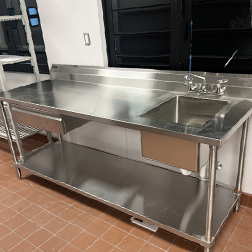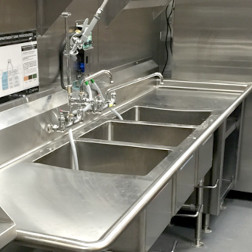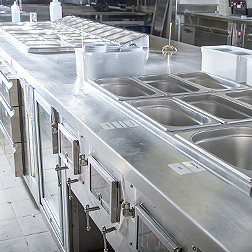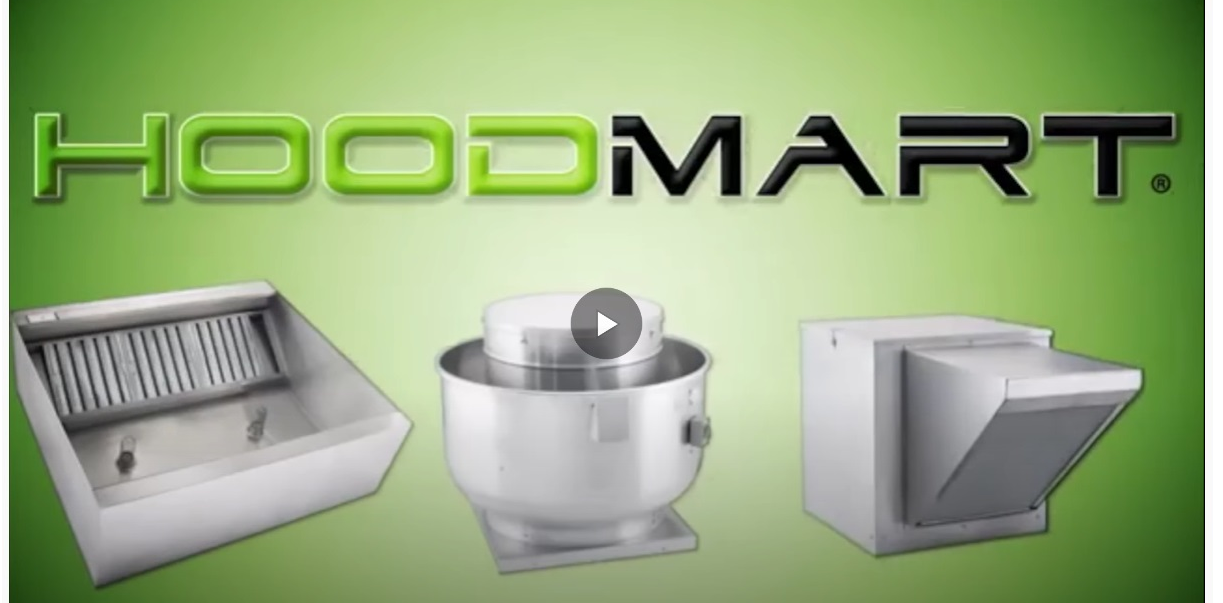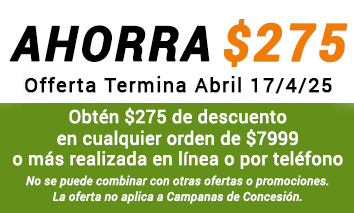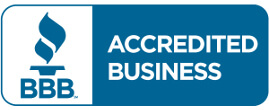We use cookies to help improve our services, make personal offers, and enhance your experience. If you do not accept optional cookies below, your experience may be affected. If you want to know more, please read the Aprende más.
Short Cycle vs. Long Cycle Exhaust Hoods
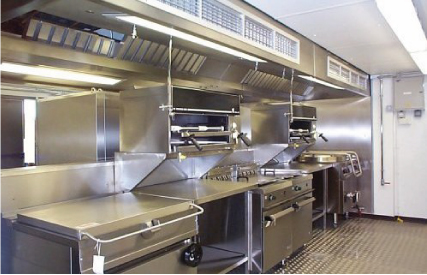
Uncover the differences between short-cycle and long-cycle exhaust hoods for effective commercial kitchen ventilation, guided by HoodMart expertise.
Introduction
In the fast-paced world of commercial kitchens, where the sizzle of culinary creations meets the hustle and bustle of preparation, the unsung heroes ensuring a safe and efficient environment are the exhaust hoods. These unassuming structures play a crucial role in maintaining air quality, safeguarding employees, and mitigating fire risks. In this article, we dive into the realm of commercial exhaust hoods, exploring the key differences between short-cycle and long-cycle options and helping you make informed decisions for your kitchen's needs.
Understanding Exhaust Hood Varieties
Within commercial kitchens, various range hoods cater to diverse requirements. Here's a closer look at some common varieties:
Standard Design: The workhorse of exhaust hoods, the standard design is a conventional choice. Engineered to expel heat, steam, and vapor, these hoods excel in ventilating significant grease quantities without encountering major mechanical challenges. Crafted from seamless steel, standard hoods prevent hazardous particles from escaping. Maintenance entails periodic changes or replacements of grease filters, a task well justified by their reliable performance and continued popularity.
Ventless Hoods: For situations where external ventilation is impractical, ventless hoods step in. These innovative hoods internally complete the ventilation process by recycling exhaust gases and capturing contaminants. Ventless hoods use three filters to catch grease-laden vapors, ash, and even small particles. An electric fan propels gases through the filters, resulting in a sophisticated and efficient kitchen ventilation solution.
Exhaust Design: As the name suggests, exhaust-only hoods channel contaminated air outside the system to an external location. Unlike their counterparts, they lack filters to trap grease and particles. These hoods are ideal for situations where non-hazardous gases must be transported. While they might not handle harmful particles effectively, exhaust-only hoods suit commercial kitchens where safe ventilation is the priority.
Choosing the Right Fit
Selecting the right exhaust hood hinges on your kitchen's unique requirements. The choice between short-cycle and long-cycle exhaust hoods depends on factors such as the types of contaminants produced, ventilation constraints, and the level of particle filtration necessary.
Conclusion
Exhaust hoods stand as stalwart guardians of safety and cleanliness. Understanding the distinctions between short-cycle and long-cycle exhaust hoods equips you with the knowledge to select the ideal fit for your kitchen's demands. With HoodMart's extensive range of ventilation solutions, you can confidently embark on a journey towards optimal air quality, employee well-being, and fire hazard mitigation in your bustling culinary space. Contact us today to get started in your customized ventilation solution!






 CUSTOM FABRICATOR
CUSTOM FABRICATOR



